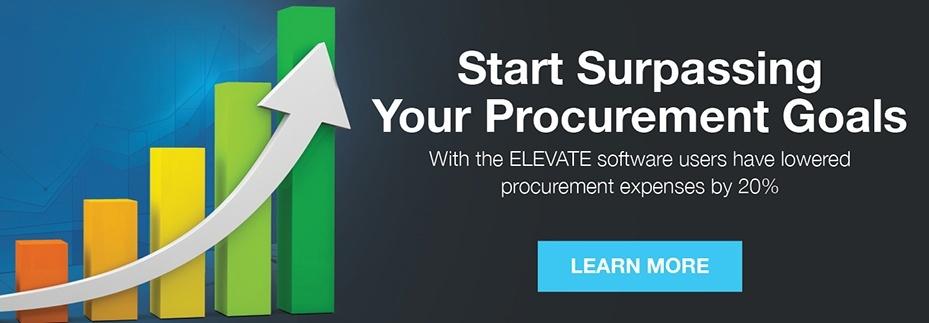With environmental concerns on the rise, eco-friendly cleaning supply alternatives have flooded the industry—in a good way! Still, with so many options available, consumers may find themselves overwhelmed by having to choose between all that's currently on the market. To lighten the load, we'll take a quick look at what makes a product truly green, how to differentiate one product from another, and, generally, some things to look for when choosing eco-friendly commercial janitorial supplies for your facility.
1. If You Can’t Pronounce It Don’t Buy It
A trustworthy manufacturer will state all of the ingredients used on the label. You should pass on any product that doesn’t list its ingredients, contains a long list of unpronounceable chemicals, or uses ambiguous words like “fragrance,” “optic brightener,” or “fabric brightener." Chances are, it contains artificial and potentially harmful ingredients.
Avoid any products that contain known carcinogens such as benzene, chlorine, formaldehyde, phosphates, and mineral oils. To see a more comprehensive list of specific cleaners that contain carcinogens and respiratory irritants, check out this guide published by the Environmental Working Group (EWG).
Finally, a hazard symbol on the packaging should also be a red flag because it indicates that the product could have a detrimental impact on humans, wildlife, soil, air, waterways, or fish. A truly green product is biodegradable and free from any chemicals that could harm you or the environment. The best green cleaners use sustainable resources derived from minerals and plants.
2. The Search Should Not End at Cleaning Formula
Ingredients are just one factor in the equation. Conscientiousness packaging is equally important, and should be composed of recycled, biodegradable, and renewable materials. Keep an eye out for a recycling symbol to be sure the container itself is recyclable. Many green manufacturers are streamlining their packaging to cut down on waste and reduce the amount of fossil fuels used in production and transport. If you’re buying commercial janitorial supplies, a concentrated formula offers several key advantages: not only will it save you money, it benefits the environment by reducing waste and water use.
3. Buyer Beware
Unfortunately, determining which products are green isn’t a cut-and-dry decision. A manufacturer can falsely tout a product as “green,” “natural,” or “eco-friendly” because they are not required by law to disclose every ingredient on their labels. If you don’t see any toxic chemicals listed, that doesn’t necessarily mean they’re not in the bottle.
4. Third-Party Certifications Matter
Some manufacturers are taking steps to ensure consumers that their green products deliver on their promises. Companies turn to third party organizations to certify that their cleaners are in fact made with organic ingredients, safe for the environment, and not tested on animals. A certification from a respectable third party can help consumers make an educated choice and select a product that is actually green, rather than one that simply claims to be.
When it comes to cleaning products, Green Seal, EPA Safer, and UL ECOLOGO are three of the most well-known and respected third-party certifiers. Look for third-party certification symbols on your commercial janitorial supplies to be certain health, safety, and environmental standards are being met. At the end of the day, while the move toward such conscientious diversity is great, it's still ultimately up to the consumer to make the lasting, informed decision that can ultimately benefit the environment.

About Michael Wilson
Michael Wilson is AFFLINK'S Vice President of Marketing and Communications. He has been with the organization since 2005 and provides strategic leadership for the entire supply chain team. In his free time, Michael enjoys working with the Wounded Warrior Project, fishing, and improving his cooking skills.






